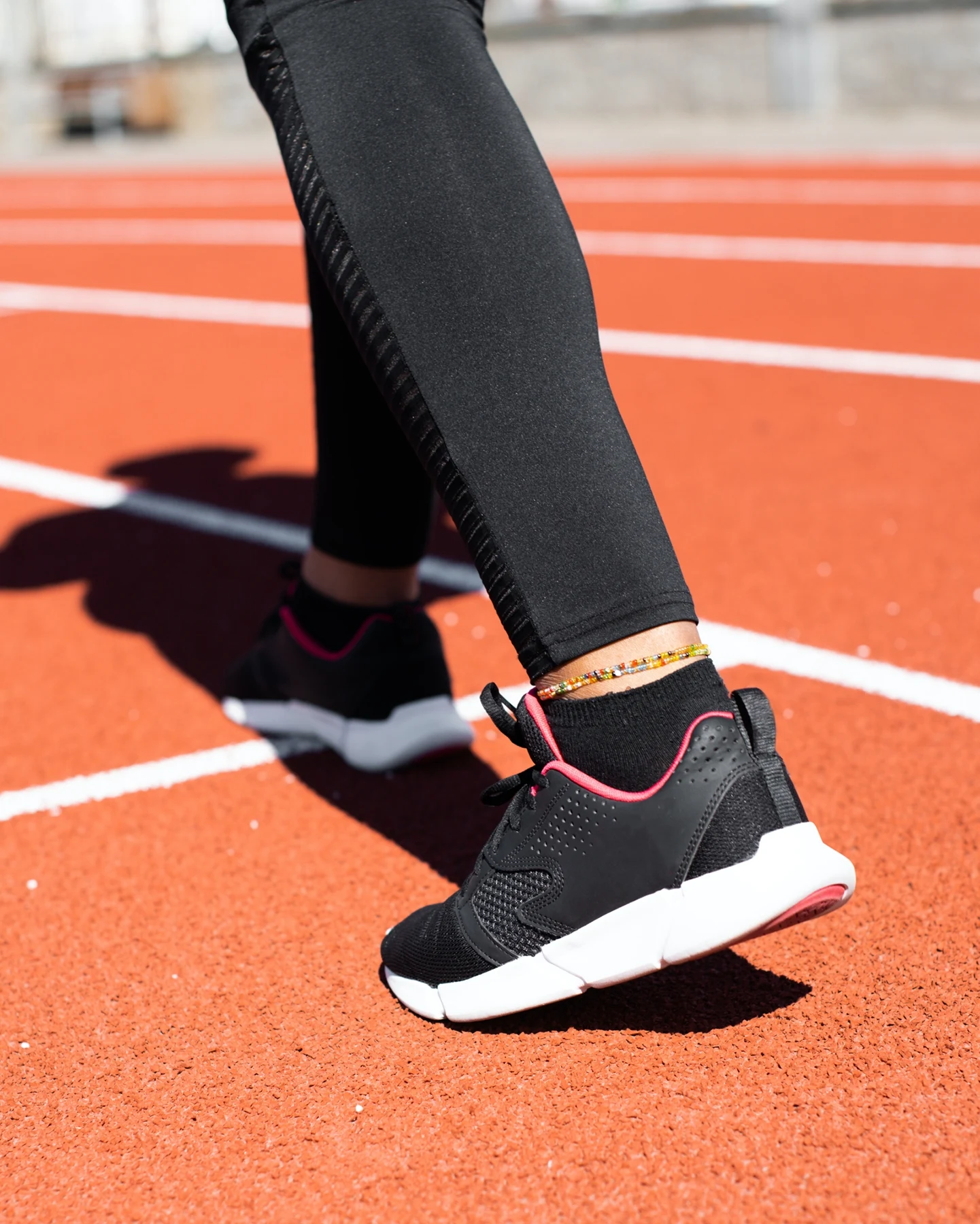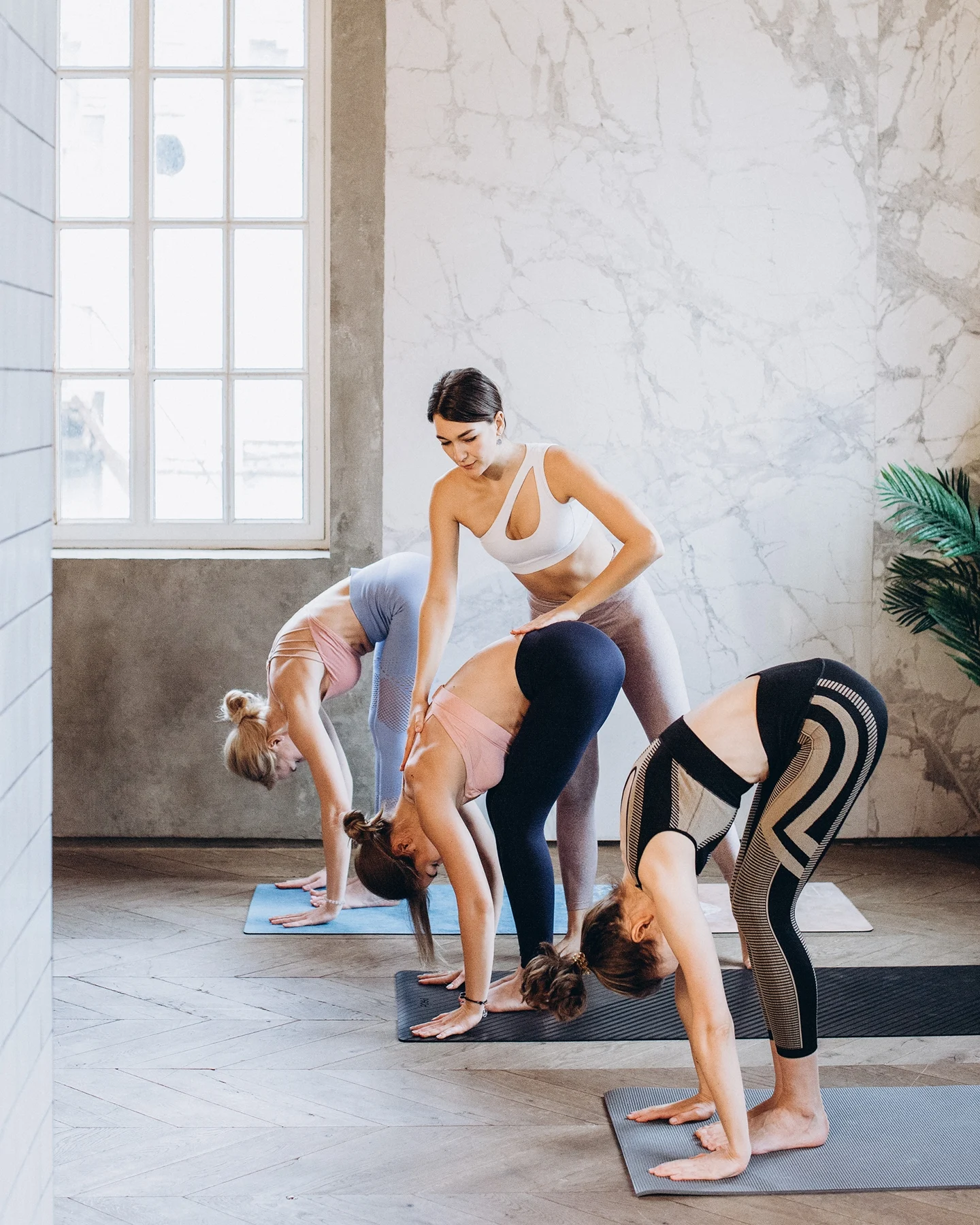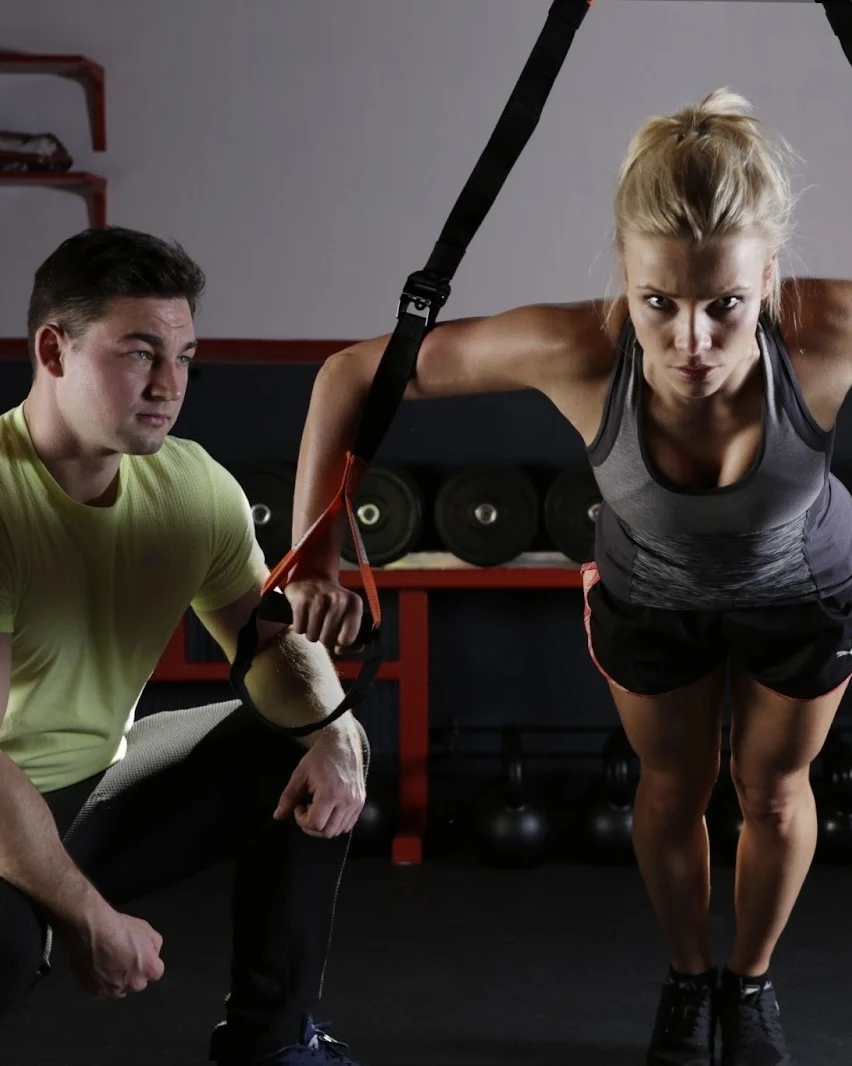Some claim that mountains exist to be climbed. Others counter that slopes should not be scaled but rather should be used to accelerate down in a cloud of stones and dust. We've compiled a list of the six top mountain bike locations on the planet in honour of individuals who enjoy things swift and furious.
Riva del Garda, Italy

Mountain biking in Riva del Garda, Italy
Moab, USA

Mountain biking in Moab, USA
There are routes for every skill level, but if you're looking for something difficult, try the Slickrock Trail, which is filled with exhilarating drops and breathtaking valley views. Check out Red Cliffs Lodge for the total Moab experience; it has its own winery and a hot tub for stargazing soaks at night.
Winterberg, Germany

Mountain biker riding through woods
For fans of fantasy football, plenty of reasons exist for supporting the game. Every week, you look forward to placing your confidence in your chosen player's on-field success. Building the perfect team is a challenge that takes skill and luck. But for millions of fantasy football fans across the country, the game is worth celebrating beyond the tournaments, challenges, and victories. Take a look at the history of fantasy football from a true NFL fan's perspective. Here are three reasons you'll never want to forget America's first fantasy football team. The Greater Oakland Professional Pigskin Prognosticators League (GOPPL).
1. The GOPPL gave NFL fans an opportunity to be owners, general managers, and head coaches
Whether you believe more in a rookie quarterback, a veteran receiver, a pair of consistent running backs, or a clutch kicker, the responsibility is on you. If you love fantasy football, you have to appreciate the way the part-owner of the Oakland Raiders, Bill Winkenbach, put the football in your hands. Especially when control over your team's future becomes a reality. So, do this one thing the next time you're talking fantasy football with your friends: give a mental nod to the group who launched the first league.
For one, it's worth mentioning that the rules and general idea of the game haven't changed much in 60 years. You score more points than your opponents and outwit them every draft. You build a dream team using a combination of your personal insight, research, and deep analysis of on-field statistics. Along the way, you can envision your team on the field excelling, all while embracing a sense of leadership on your way to victory. The founders of fantasy football wanted NFL fans in charge. You're everyone you need to be when you play fantasy football.
According to a recent BioMed Central article, weight stigma is the "social rejection and devaluation that accrues to people who do not conform to existing social norms of optimal body weight and shape." Simply put, weight stigma is prejudice based on a person's bodily weight.
According to the writers of this paper, weight stigma can cause changes in the body, such as higher cortisol levels, which can contribute to poor metabolic health and weight gain. Furthermore, people who are overweight may cope with weight stigma by increasing alcohol and substance usage, overeating to cope with negative feelings, and avoiding health care settings or social engagements. Chronic social stress leads to bad health outcomes, and studies have shown that weight discrimination raises the risk of death by 60%, even when body mass index (BMI) is taken into account.
What steps may be taken to overcome weight stigma?
There are numerous approaches to addressing weight stigma. The first step is to recognize that it exists because we can not combat anything until we first recognize it.
Altering the way we think and speak about people who are overweight is another step we can take. Eliminating the term "obesity" from our vocabulary is a vital step in this direction. When referring to a person with obesity, we should endeavour to remember that they are a person with an illness and to speak to them as a person rather than the illness they have. For instance, "person with obesity" should be used rather than "fat person." This is referred to as employing person-first language.
According to a recent survey, one in every five people owns a smartwatch or fitness tracker. These wrist-worn monitors are a convenient way to track your daily steps, and they're likely more accurate than the tally on your smartphone, which you may not have with you at all times. Most wearable devices also provide a variety of other data, such as your heart rate, walking speed, and so on.
But does using one have an impact on how active people are? The answer is yes, according to the largest study on the subject to date (see "Fitness trackers and activity levels: What's the evidence?"). Regular physical activity is essential for a healthy heart, and the improvements seen in this study could potentially make a difference, according to Dr Megan Wasfy, a cardiologist at Harvard-affiliated Massachusetts General Hospital's Cardiovascular Performance Laboratory.
"The increase in moderate-to-vigorous physical activity was close to 50 minutes per week, which is one-third of the 150 minutes recommended by federal activity guidelines," Dr. Wasfy says. The extra 1,200 daily steps taken when people wore trackers were roughly the same as the number of steps linked to a longer life in several studies. 10,000 steps a day has been recommended as a daily goal for a long time, but research shows that 8,000 steps a day is almost as good for your health, especially in older people.
What is the evidence for fitness trackers and activity levels?
A group of Danish researchers looked at the evidence and analyzed it to find out how feedback from wearable fitness trackers affects how much people work out and do other things.
They found 121 different studies involving nearly 17,000 mostly healthy adults ages 18 to 65. The participants' median age was 47, and the majority were female. The study's intervention periods had a median duration of 12 weeks.
Researchers discovered that using physical activity monitors led to an extra 1,235 steps per day and 49 minutes of moderate-to-vigorous physical activity per week on average. They also stood for an additional 10 minutes per day, though this was insignificant. The study was published in The BMJ on January 26, 2022.
 |
| Pexel photo |
Numerous frequent injuries can be avoided by implementing these seven basic tactics into your practice.
 |
This short-term research of 80 overweight patients hammers home just how fundamental slumber is to our predisposition to put on additional pounds, says Dr Beth Frates, director of lifestyle medicine and wellness in the department of surgery at Massachusetts General Hospital.
Sleep deprivation is associated with chronic disorders.
Takeaways for improving your sleep
For 40 years, I've attempted to lose weight through exercise. I take brisk walks for approximately two to three hours each week, as you instruct. However, I'm on the verge of quitting since I'm unable to lose enough weight to make the exercise worthwhile. Is there another reason why I should continue?
Yes. There is. Continue exercising even if you are unable to achieve a healthy weight. Why? Because consistent exercise has huge health benefits, even if you are unable to maintain a healthy weight. This idea is supported by a new comprehensive study of the health benefits of regular exercise, which will be published in the journal Science on October 22, 2021.

Mix It Up
One of the best ways to make exercise fun is to mix things up. It can get tedious if you're always doing the same workout routine. Instead, try mixing things up and trying new activities. There are so many different types of exercise out there, so find something that you enjoy by pushing it all. You can even switch things up daily to keep your body and mind guessing.
Make It Social
Another great way to make exercise fun is to make it social. Instead of working out alone, find a buddy or two to join you. You can even sign up for group fitness classes together. This is a great way to stay accountable and motivated, and it's also a lot of fun. You can even turn your workout into a competition to see who can burn the most calories. Arrange a sports day with friends and family. For example a softball day, you can custom make a softball tee for yourself and your team to make it more fun.
Discover an activity that you enjoy.

Make a schedule for yourself.
Choose your props.
Begin with the basics.
Make a contribution.
Athletes competing in this year's National Senior Games discuss their strategies for staying fit, healthy, and motivated.
This year, competitors over the age of 50 from throughout the country will convene in Fort Lauderdale, Fla., for the National Senior Games (NSG), the world's largest multi-sport event for seniors.
Philipp Djang, swimming
 |
| pexel photo |
The diet and fitness industry is worth hundreds of billions of dollars across the world. It seems everyone is looking to get healthier and improve their fitness levels. Whether the reason is purely aesthetic, or you have other fitness and health goals, people are prepared to pay a lot of money.
However, there is a lot of misinformation out there as well as a frankly unscrupulous company trying to sell products and services promising fast results with minimal effort. In many cases, these products are useless and sometimes dangerous.
If like many others, you’re planning to get your health and fitness act together in 2022, one of the best things you can do is educate yourself and seek out trustworthy sources of information.
Learn about exercise and physiology lot of products and exercise programs make very spurious claims about what can realistically be achieved in your journey to a healthier you. The very best thing you can do is learn about how the body works and the best types of exercise for your goals. There are pros and cons for both cardio and strength training. You can consult
with a personal trainer or even build a bodybuilding trainer course to make sure you have the right information with which to build your exercise routine.
Learn about nutrition
It’s a common misconception that weight loss is down to exercise, when in fact it’s about 80% nutrition and 20% exercise. The diet industry is full of fad diets that promise quick fixes but often make you feel miserable and put weight back on when you begin eating normally again.
One of the best skills you can learn is how to fuel your body well without resorting to starving yourself of dangerous diet products.
Yoga for weight loss: Benefits that go beyond calorie burning
This way you can have a long-lasting and gratifying experience training others and getting fit yourself. There’s a lot of competition out there so you must be sure to communicate reasons to work with you and what makes your training style unique and why it works.
Increasing Knowledge
You must educate yourself as a personal trainer and make sure you’re up to speed with the latest techniques and nutritional guidelines. Your job is to teach your clients the best ways to work out and get into better shape. They’re looking to you for answers and you need to make sure you have the right education and knowledge to help them succeed. Take time to explain concepts and best practices to them and go the extra mile by sending them reading materials or tips that will allow them to have better training sessions with you.
Exercising & Staying Fit
Every personal trainer should be exercising and staying fit themselves. You want to set a good example for your clients and know what types of workouts provide the best results. Challenge yourself by trying new techniques and exercises before you have your clients do them. What’s most important is that you do all that’s in your power to stay safe and prevent any injuries from occurring. If you end up having to manage a disability and can’t work then you’ll want to apply for benefits. Should you be denied these benefits then you’ll want to contact reliable social security disability lawyers who can review your case in greater detail and help you appeal the decision.
Trainers become certified as they get a certificate.
1. Water
2. Vegetable Juice
Practicing mindfulness in daily life has a calming effect.
The purpose of these quick, daily thoughts is to assist you in finding a sense of peace whenever life becomes too stressful. Mindfulness practice on a daily basis may also help you enhance your memory and attention abilities, as well as make you feel less distracted and better equipped to deal with situations such as coping with the pandemic.
There are a variety of approaches to practicing mindfulness. Even so, the goal of any mindfulness practice is to establish a state of alertness, concentration, and relaxation via purposeful attention to thoughts and sensations without casting judgment on them. In this way, the mind is free to concentrate on the current moment while maintaining an attitude of acceptance.
Try these three simple mindfulness exercises to improve your well-being.
Three easy activities that you may do whenever you need a mental break, an emotional lift, or simply want to take a moment to appreciate everything around you are below. Spend 10 minutes a day to do them and see how your attitude changes as a result of the encounter. It's an excellent use of time.
Healthy living demands a sense of balance — and not only in the metaphorical way. A person's ability to maintain bodily balance is essential for completing daily tasks such as going up and downstairs and reaching for an item on a shelf at the grocery store. Even while many individuals manage a daily walk and even strength training activities a few times a week, exercises to improve balance are not usually included on the workout schedule. Experts recommend, including exercises that improve balance.
You will notice that as you grow older, the physical mechanisms inside the body that assist you in maintaining your balance become less sensitive than they were when you were younger. In reality, maintaining balance is a complex effort for your body, involving coordinated action from not just your muscles, but also your eyes and hearing, as well as your tendons, bones, and brain.
You may also experience unsteadiness as a result of health conditions that become more frequent with age, such as inner ear diseases, reduced sensation in the feet, or postural hypotension (low blood pressure when standing).









